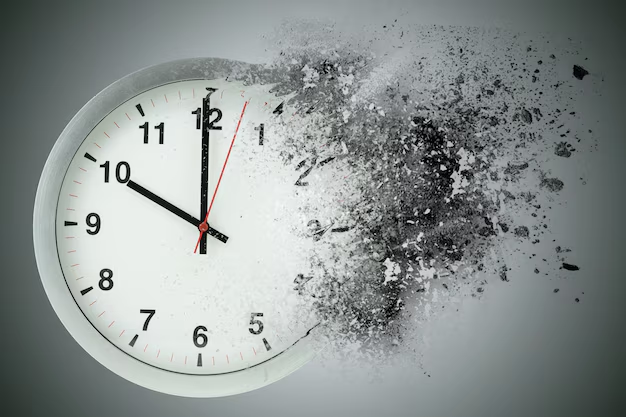What Is the Doomsday Clock?
The Doomsday Clock is a symbolic representation of how close humanity is to global catastrophe, primarily due to nuclear threats, climate change, and disruptive technologies. Managed by the Bulletin of the Atomic Scientists, this clock is updated annually to reflect current world threats. In 2024, experts have issued one of the most alarming updates yet, raising global concerns about our future.
The History of the Doomsday Clock
The Doomsday Clock was created in 1947 by scientists involved in the Manhattan Project. Initially set at 7 minutes to midnight, it has fluctuated over the decades, responding to major global events. Here’s a look at some key milestones:
- 1947: The clock is introduced at 7 minutes to midnight.
- 1953: The closest ever at 2 minutes to midnight, following U.S. and Soviet hydrogen bomb tests.
- 1991: The safest setting at 17 minutes to midnight, after the Cold War ended.
- 2020: Set to 100 seconds to midnight, marking an unprecedented level of risk.
- 2023-2024: The clock remains at 90 seconds to midnight, the closest in history.
Why Is the Doomsday Clock at 90 Seconds to Midnight in 2024?
In 2024, the Doomsday Clock remains at 90 seconds to midnight, the closest ever recorded. Several factors contribute to this alarming update:
1. Nuclear Threats Escalating
The ongoing tensions between nuclear powers, such as the Russia-Ukraine conflict and concerns over North Korea’s missile tests, have heightened global instability. With renewed discussions about nuclear arsenal expansions, experts warn that the threat of nuclear war remains high.
2. Climate Change Accelerating
Extreme weather events, rising global temperatures, and record-breaking wildfires continue to worsen. Scientists emphasize that without immediate action to curb greenhouse gas emissions, humanity will face irreversible consequences.
3. Artificial Intelligence and Biosecurity Risks
The rapid advancement of Artificial Intelligence (AI) poses both benefits and risks. Experts worry that AI-driven disinformation, autonomous weapons, and cyber warfare could destabilize societies. Additionally, emerging biosecurity threats, including pandemics and bioweapons, remain critical concerns.
4. Political Instability and Global Conflicts
Political divisions, economic downturns, and global conflicts have weakened international cooperation. The breakdown of diplomatic ties makes it harder to address existential threats collaboratively.
What Can Be Done to Move the Clock Back?
While the Doomsday Clock signals an urgent warning, there are steps governments, organizations, and individuals can take to mitigate risks:
1. Strengthening Nuclear Arms Control
World leaders must renew and enforce nuclear arms reduction treaties. Efforts to de-escalate conflicts and promote diplomacy can significantly reduce the risk of nuclear war.
2. Accelerating Climate Action
Governments need to enforce stronger climate policies, invest in renewable energy, and encourage global cooperation to reduce carbon emissions. Individuals can also contribute by adopting sustainable practices.
3. Regulating AI and Emerging Technologies
AI development should include ethical guidelines to prevent misuse. Increased cybersecurity measures and global regulations can help manage the risks of emerging technologies.
4. Promoting International Cooperation
Addressing global threats requires collaboration rather than division. Strengthening international organizations and agreements can help tackle challenges more effectively.
Final Thoughts: Should We Be Worried?
The Doomsday Clock serves as a wake-up call, not a prediction. While the risks are real, collective action can push the clock backward. Raising awareness, demanding policy changes, and working together globally are key to securing a safer future.
